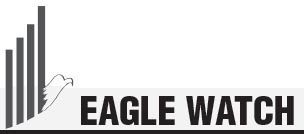A healthy nutrition system
I faced a health challenge this year that required me to significantly modify my diet. After presenting my options, the doctor recommended that I see a nutritionist specializing in my condition. We had a difficult time getting an appointment with this nutritionist, as she was tied up with several patients. We had to do video call for our meeting.


